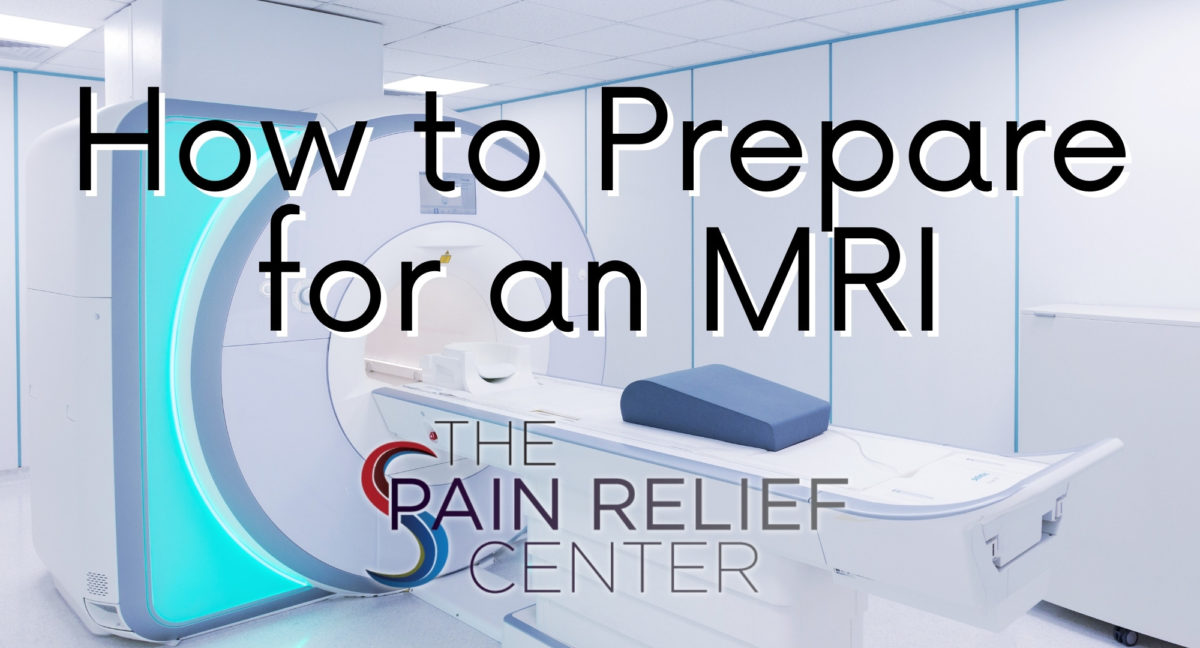We’ve all seen a House M.D. episode or a scene in a dramatic movie that involves somebody getting an MRI. The patient, donning one of those always-flattering hospital gowns, lies down on a table that slides into a big, room sized machine, and then must stay still for as long as an hour. Those scenes make MRIs look less than glamorous and sometimes even a little bit scary.
If you or someone you know has to undergo an MRI and is a little bit apprehensive, the best thing to be is prepared. That preparation involves understanding what exactly an MRI does, how the machine operates, and how to properly prepare.
How Do MRIs Work?
MRI stands for Magnetic Response Imaging. Hydrogen atoms in the body are realigned by magnetic fields and radio waves, producing very faint signals. Those signals are then used to create images that can examine details of organs, tissues, and the skeletal system.
The machine is just a large tube with two open ends. The patient lies on a table that slides into the machine. Depending on the need for the MRI, either a limb or the whole body will be in moved into the machine.
Despite the repetitive whirring and thumping that the machine makes, the procedure is painless. The most difficult part proves to be staying still for a long period of time, but even that is just a minor inconvenience. There is a button and an intercom in the machine if the patient finds it necessary to speak with the technologist, who is seated in a separate room ensuring that the proper images are being produced.
In some cases, patients may requite an IV injection of a contrast material to help augment some details.
How to Prepare for an MRI
Patients should know if they have any conditions that may affect the process of the MRI. Certain circumstances, such as having a pace maker, being pregnant, or even having tattoos can affect the MRI process, so speak with a doctor if you have any conditions that may be relevant to the test.
Leave your valuables and accessories at home! Dress comfortably, in cotton that is NOT adorned with any metal. If your outfit does contain any metal, you will be provided with a hospital gown. Patients should also leave the following items at home:
- Jewelry
- Pins (hair and otherwise)
- Glasses
- Wigs
- Dentures
- Hearing aids
Dietary and medicinal changes are not necessary, unless your doctor notifies you otherwise.
If you are worried about feeling claustrophobic during the procedure, speak with your doctor before hand to see if an oral sedative is right for your needs.
Undergoing an MRI does not have to be a scary or daunting task. Follow the tips above and speak with your doctor about any concerns that you may have to ensure that you have the most comfortable MRI experience possible.
Contact The Pain Relief Center for any questions you may have regarding a procedure.


